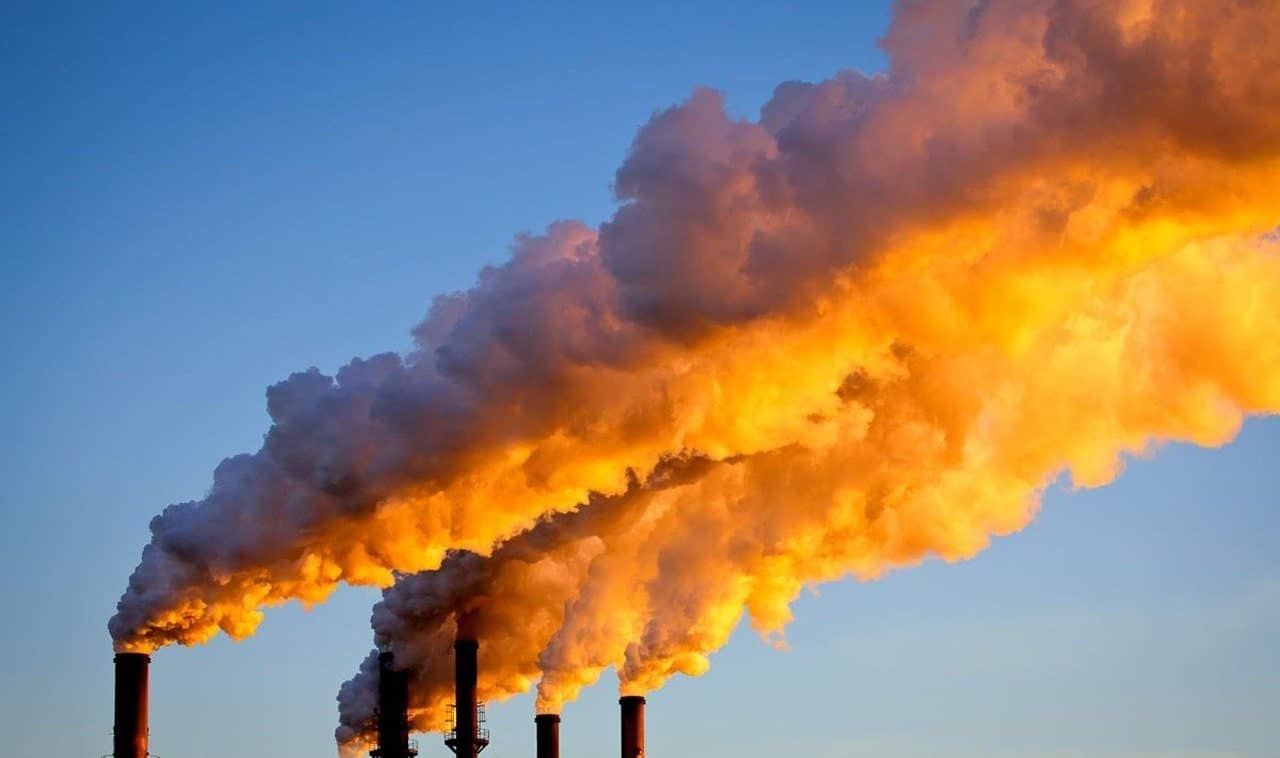
The Paris Agreement calls for climate responsibility.
The Paris Agreement is an international pact that commits signatories to taking measures to achieve a reduction in greenhouse gas (GHG) emissions . The goal is to keep global warming below a 2ºC increase in temperature compared to the levels recorded in the pre-industrial era.
This treaty is part of the United Nations Framework Convention on Climate Change ( UNFCCC ). It was adopted on December 12, 2015 and came into effect almost a year later, on November 4, 2016 .
The history of the Paris Agreement
The first history of the Paris Agreement dates back to 1992 , with the adoption of the UNFCCC . This framework convention was finally put into force on March 21, 1994 to work on problems linked to climate change.
The UNFCCC has 197 parties , which are the countries that ratified it. Within this framework, the parties have already participated in 27 climate conferences or summits to advance the stated objectives.
It was at the XXI Conference of the Parties to the UNFCCC , held between November 30 and December 11, 2015 in the capital of France , where the Paris Agreement was reached. Before, in 1997 , the countries had already agreed to add the Kyoto Protocol to the UNFCCC , which is binding for those nations that ratified it.
Currently, the Paris Agreement has the accession of 195 parties , according to data from the UNFCCC , which maintain a commitment to the implementation of policies that mitigate climate change and facilitate adaptation to its effects.

Compliance with the Paris Agreement requires the measurement of GHG emissions.
Its characteristics
The Paris Agreement is an international treaty that has the UN General Secretariat as its depositary. Legally binding in the context of the UNFCCC , it aims to keep global warming to no more than 2ºC, and preferably no more than 1.5ºC, compared to pre-industrial times.
Meeting the goals of the Paris Agreement requires economic and social changes. The agreement is structured in five-year cycles: each country must submit its Nationally Determined Contributions , reporting the measures they will take to reduce GHG emissions – such as carbon dioxide (CO2), methane (CH4) and oxide. nitrous (N2O) – and achieve the objectives.
It should be noted that the Paris Agreement offers a framework to provide financial and technological support to those who require it. At the end of each cycle, the so-called global balance makes it possible to evaluate how progress is being made towards the objectives and provides useful information for the preparation of recommendations.
It is important to indicate that the Paris Agreement is based on consensus and political dialogue. That is why the objectives are not tied to the law, although the procedures for their review and for the presentation of reports do obey what is established by international law. The commitments of the Kyoto Protocol , on the other hand, have legal force.

The Paris Agreement promotes policies to adapt to climate change.
Successes and failures of the Paris Agreement
Analysts usually list achievements of the Paris Agreement , but also points where this tool did not bear the expected results.
According to UNFCCC publications, a growing number of companies and States are setting carbon neutrality goals and moving towards zero-emission solutions. In fact, it is estimated that, by 2030 , zero-emission solutions will be applied in areas that today contribute more than 70% of GHG emissions on the entire planet.
However, there are studies that affirm that the poor compliance with emissions reduction objectives by industrialized nations makes keeping the temperature increase below 2 ºC compared to pre-industrial years unfeasible.
Application of measures
To achieve the goals of the Paris Agreement , it is necessary to apply measures that help mitigate the carbon footprint . One of them is the energy transition towards renewable energies , such as wind energy or solar energy .
Sustainable development also requires the use of energy-efficient appliances and machines. Reforestation is another initiative that contributes to sustainability .
Climate change mitigation also demands carbon offsetting , a reduction in waste generation, the promotion of recycling and the promotion of sustainable transportation (such as electric vehicles) to abandon the use of oil , natural gas and other products of the fossil fuel industry.
Beyond what is done at the government and corporate level in pursuit of complying with the provisions of the Paris Agreement , environmental education is essential to contribute to raising society's awareness about caring for the environment . Only with the commitment of the entire community, even understanding the responsibility of large industries, is it possible to confront global warming and thus reduce or reverse the melting of the polar ice caps and glaciers (with the consequent rise in sea level and floods) and minimize the possibility of forest fires, to mention some environmental problems.
